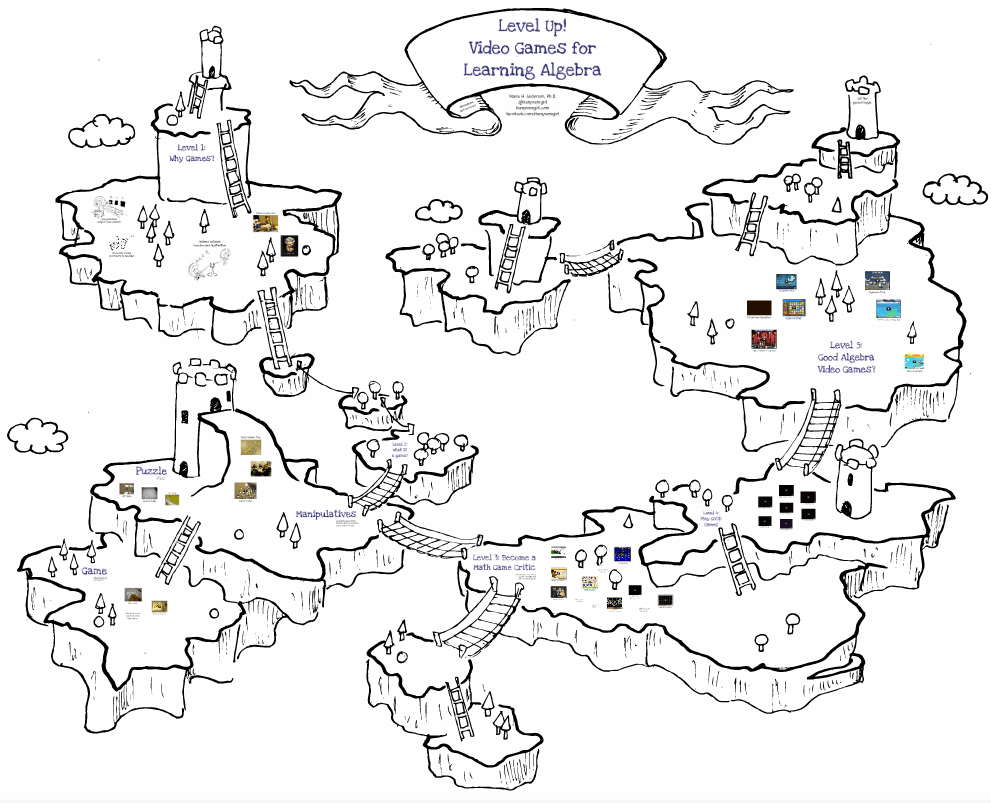A great deal of Ed Tech (and the VC money that supports the industry) seems to be viewing the world through lenses that are quite different than those of us who have taught students at public institutions. They are building ed tech in their own image, and many of them either dropped out of school and self-taught or attended ivy-league institutions. The Silicon-Valley view of the problem of education reminds me of Lake Wobegon (where all the children are above average) and is based on something like this:
Higher Education: Where all the learners are motivated, everyone has Internet, and the only thing standing between a student and their success is affordable access.
But this isn’t reality. For example, the students we teach at community colleges (4 in 10 college students in the U.S.) were busy with school, work, and family responsibilities. Learning for most was a means to an end, not a side-project or hobby built through self-motivation. Even with daily in-person coaching from instructors, free access to tutoring, and personal encouragement through email, phone calls, and hallway conversations the instructor and institution can rarely coach out motivation where there was none to begin with and the magic MOOC is not likely to either (see San Jose experiment in developmental math as a case in point). A detailed reading of the CCSSE survey might be worthwhile for Ed Tech companies seeking to build apps to serve the population of “self-motivated” learners.
Let’s tackle Internet next. According to the latest PewResearch study on broadband, only 70% of adults in the U.S. have broadband Internet. Some of those folks are certainly seniors that do not wish to participate on the Internet, but there are two other groups to consider: (1) those with incomes less than $30,000 a year and (2) those who cannot get Broadband even if they want it (mostly rural students who have to live off of very-expensive satellite access if they can even get that). The FCC’s Eighth Broadband Progress report pegs the number of Americans without Broadband access at 19 million. This does not translate to just an area here and there, but involves large swaths of the country that are rural. For example, this map (2011) shows all the rural areas without access in light orange (ignore the beige areas – those are unpopulated). These rural areas are places where families (and students) live, but can’t get Broadband.
Finally, let’s take a look at affordable access. If it were true that the only thing stopping students from learning was the cost, we would have seen a large movement of Freshmen and Sophomores from public 4-year institutions back to community colleges (where the tuition is, on average, half the cost). While community colleges did see an uptick in enrollment during the recession, so did most other public institutions (see Figure 4 of the NCES enrollment data here). In other words, community colleges were not stealing enrollment back from 4-year colleges because they were more affordable.
The truth is that for many families and students, going away to college is and will continue to be a coming-of-age ritual that is a gateway to adulthood. No MOOC or online learning experience can duplicate the experience of being away from home and being “on your own” for the first time. If we had some alternative to this experience that rose in popularity (GAP years, public service years, etc) then I could see these online experiences becoming a viable alternative. However, the away-from-home college experience is very much a part of our culture and cannot easily be replaced.
With all of that said, I do think that massive online experiences (like MOOCs) can play a valuable role in the education ecosystem, they just need to be redirected:
Alumni Degree Updates: Suppose you graduate with a Biology degree and wish to stay up-to-date in the field. As a non-student non-faculty member, you do not have easy access to journal articles, and the media provides only questionable interpretations of the data. I think most college graduates recognize the benefit of staying up-to-date in their chosen subject area, but doing so on your own is quite difficult. Enter the MOOC and higher education. On every campus in the country, there are professors updating their lectures every year to incorporate the latest research in their field (at least, we hope they are). If the institutions gave the professors additional class release to also teach a MOOC on just the updated material (for a nominal fee), they could provide a great service to their alumni (who would, of course, get it for a discount) and give a super-fun experience to the professor (who would get to teach a bunch of super-motivated students for a change).
Cultural Enrichment Layer: Let’s face it, no matter how hard colleges try, some of them are just not very culturally diverse. To have students experience the perspectives of those from other backgrounds, ethnicities, and socioeconomic standings, MOOC providers should consider providing short 4-week courses that add a layer on top of commonly taught courses (like survey psychology, sociology, biology, or nutrition). Students from all over the world could participate together in the 4-week MOOCs with their classmates on campus and gain the perspectives they may not easily have access to otherwise. I don’t think a small fee (maybe $10) would be unreasonable for students to participate. Kudos to the MOOC providers if they can kick out some of the enrolled student data back to the home-campus professors. That would be worth the $10pp cost to be able to track this participation for a grade contribution.
Subject Area Deep Dive: Professors that teach survey courses (like Majors or Non-Majors Biology) may often wish they had more time to really go in depth on the couple topics that they know students are really interested in, for example: maybe that’s nanotechnology or genetic modification. Deep dives into topics of interest may spark interest (and majors) from students who might not otherwise see the relevance, but alas, there is no time in these courses. Again, I see this as an opportunity for MOOC providers to jump in at opportune times in the school year with “layered on” MOOCs. Perhaps students in the campus-based course could choose from one of three topics to “add-on” during the semester, and get credit in the course for their participation. Again, this requires a data-passback and a sign-up method that connects the student to the right course, but I’ll assume that this is a minor obstacle, especially if it comes with a small fee to participate attached.
Giving students a guided experience in a MOOC (with the social aspect of their on-campus experience) may help to graduate students who are more likely to participate in lifelong learning with MOOCs after college. I think that everyone wins if this is the case.






